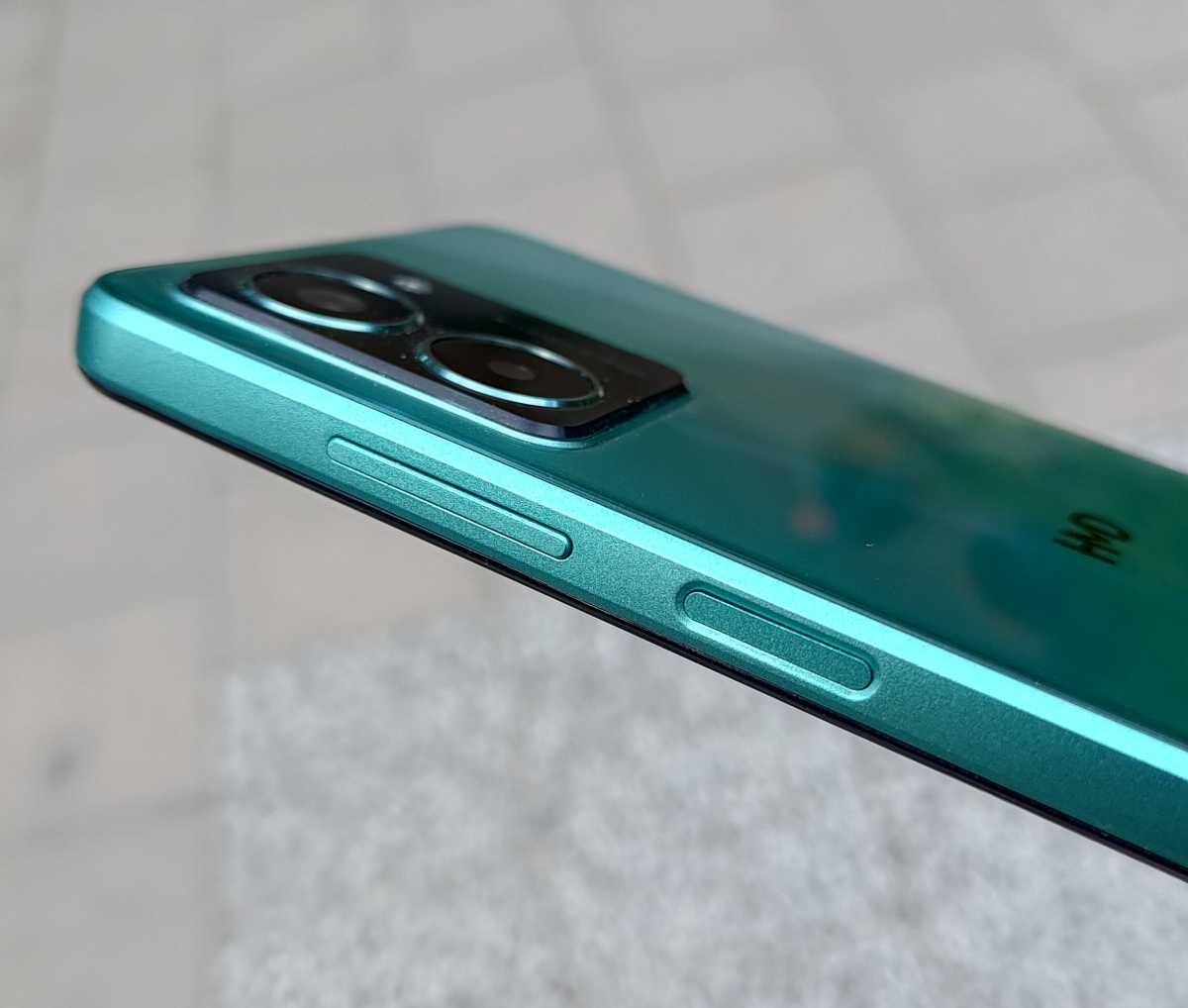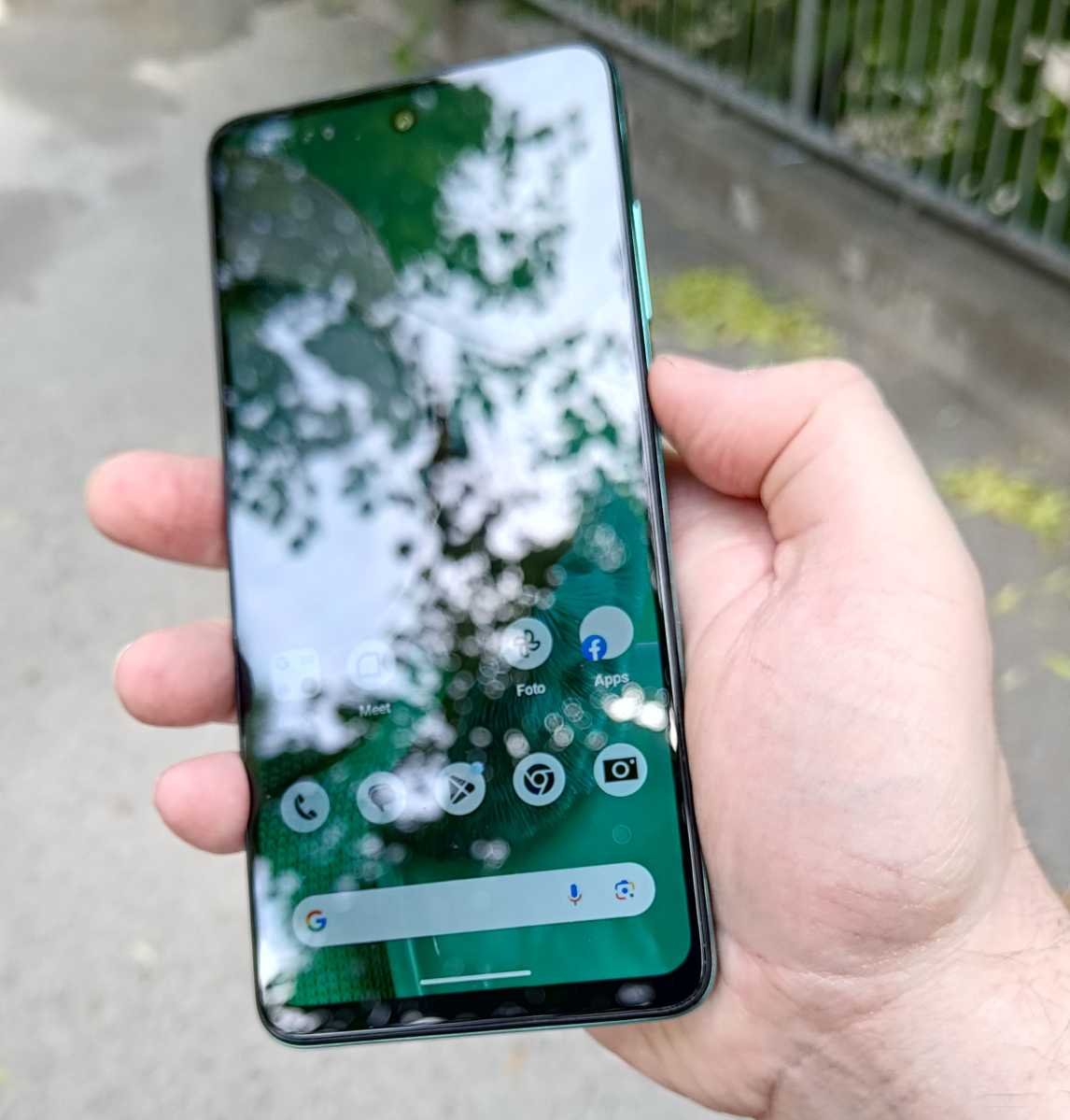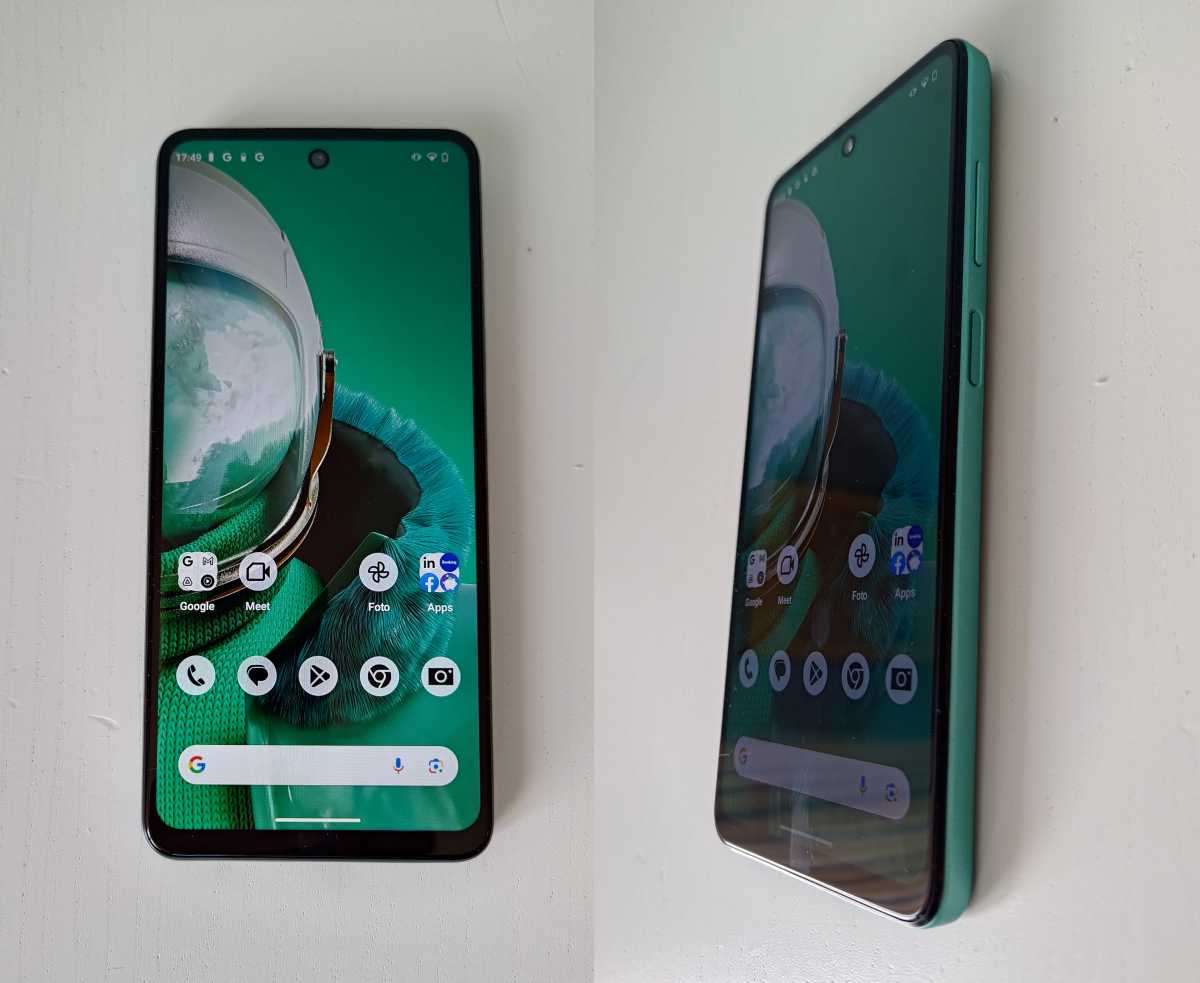Expert’s Rating
Pros
- Stylish design
- Easy to repair
- Good battery life
Cons
- Weak performance
- Dull screen
- Disappointing cameras
Our Verdict
Questionable performance, a pale and low-resolution screen, dodgy and unreliable cameras, mono sound and neither 5G nor Wi-Fi 6. There are many better phones at this price, and the longer update promise and claimed repairability don’t feel like they make up for it.
The Pulse Pro is one of manufacturer HMD’s first smartphones under its own brand.
They’re known for their budget smartphones, sold in partnership with Finnish tech giant Nokia under their name. As well as semi-smart so-called ‘feature phones’ that have often been nostalgia-inducing refreshes of Nokia’s legendary models from its days as the world’s biggest mobile giant.
But HMD is apparently tired of standing in Nokia’s shadow and wants to show what they can do without Nokia. They gave us hints of that at the Mobile World Congress show earlier in 2024, and now the first HMD-branded smartphone models have been released. A chance for them to impress and show how they differ from Nokia versions.
A chance they don’t take. When I unpack the Pulse Pro and go through it step-by-step, from specs, design, build quality, screen, features, performance and software, it feels like it should say Nokia on it. It’s another mobile in the same budget segment where Nokia already has so many strong contenders, and very few things about the Pulse Pro are different from them.
Colourful options
Possibly the design could be said to be a little more playful, with its three colour options – green, purple and black – straighter screen edges and glossy back. But Nokia phones have experimented with the look over the years too, so if it had that branding I wouldn’t have reacted. Because everything else about it feels very familiar.
The construction is claimed to be “dust and splash resistant” but no more information than that is available. It didn’t break from being used during a rainstorm, so that’s at least a little reassurance. You get dual SIM card slots and a separate Micro-SD card reader, plus fingerprint scanner in an unnecessarily small button on the side.
The Pulse Pro, like the Nokia G22, is built to be easy to repair.
Get an iFixit kit, and you should be able to get into the phone relatively easily to replace the screen, battery and other components should they become damaged or worn.
Disappointing performance
Considering it’s affordable price, you shouldn’t expect amazing performance from the Pulse Pro, but it’s even worse than I was hoping. Weak performance from a Unisoc T606 chipset, which becomes capable for simpler tasks thanks to 6 GB of RAM memory and slightly faster storage than expected.
Connectivity is via 4G or and Wi-Fi 5 networks. You get an IPS screen with 720p resolution and up to 90Hz refresh rate, which makes for dodgy viewing angles and struggles with outdoor brightness.
And only a single speaker at the bottom. It does provide nice detailed sound thanks to OZO audio enhancement, but that doesn’t help much as it’s mono and not very powerful. At least you get an analogue 3.5mm headphone jack on the lower short side. That has to be counted as a plus.

Mattias Inghe
Uneven and unreliable photography
The camera is a 50Mp sensor of unknown make, but I can safely say that it is not one of the better sensors.
It’s not very large and has noticeable problems with colour control and noise when I try to shoot at night. In daylight it has sharp images, but with somewhat pale contrast and no real vibrancy in the colours. Above all, it’s slow in autofocus, so action shots don’t always keep up and can sometimes be blurry.
It’s the only active sensor on the back, so you’ll have to do without wide-angle, zoom or macro, and the extra lens houses a 2Mp depth-of-field support sensor for portrait-style shooting. The camera digitally zooms just fine to 2x, but any digital magnification after that drops noticeably in quality. I shoot video in 1080p at 30Hz, and get acceptable image stabilisation.
However, I don’t give much for the thin sound from the microphone. This is strange, as I sound perfectly acceptable on a phone call.
The selfie camera on the front is also 50Mp, but a smaller and faster sensor (or one that the weak hardware can handle more easily) would certainly have been welcome. I have to delete many self-portraits as they simply fail to focus on my face despite active face recognition. The focus lands on the back of the chair just behind, blurring details of the face. The colour management for skin tones is also often wildly off, both when shooting and filming, for example for a video call.
A 5000mAh battery, together with a low-resolution screen, gives Pulse Pro really good battery life. You can work actively on it all day long: streaming films, surfing the web, emailing and occasionally taking photos or filming. With careful use, it lasts for two days.

Mattias Inghe
Unfortunately it is not very fast at charging. It supports 20W of power over USB-C but you don’t get a charger with it.
With a powerful universal charger, I get about a little over 1% charged per minute, but the last 20% is slower, so it takes a total of up to 1.5 hours to get a fully charged battery.
Software doesn’t save it
Is HMD doing anything interesting with the software? Well, the only thing they get credit for here is a three-year update promise instead of the two years that is common in the budget class.

Mattias Inghe
Otherwise, it’s the same Android experience as the Nokia phones: simple stock-style interface, plus a folder with unnecessary extra apps that I prefer to install myself or skip, such as Facebook, Amazon and LinkedIn, as well as its own support and maintenance app. And HMD chooses to use monochrome icons for the apps on the home screen in the default theme.
That’s the only unique thing, really. Which is not really enough to stand out.
Price & Availability
In the UK, the Pulse Pro costs £149.99 direct from the HMD website, or £129.99 if you trade in an eligible phone. Replacement parts are available via iFixit.
However, the phone isn’t available on contract, so you’ll have to buy it outright and pair with a SIM-only deal. Use the widget below to find the one which suits you best.
This is one of the cheaper budget phones out there, but the Samsung Galaxy A15 (4G) is a much better phone if you’re willing to spend a bit more, while the Moto G04 offers more for less.
Of course, buying both of these phones means you give up repairability, but the Nokia G22 offers it for the same price.
Should you buy the HMD Pulse Pro?
Probably not. Performance, connectivity, screen, cameras, battery, and other features don’t differ significantly, and apart from battery life and a stylish if plasticky exterior, there’s nothing that impresses or appeals.
As a result, it’s barely passable in its price range, and so hard to recommend to anyone.
This article originally appeared on our sister publication M3 and was translated and adapted from Swedish.







/origin-imgresizer.eurosport.com/2024/06/19/3990346-80982628-2560-1440.jpg?w=150&resize=150,150&ssl=1)






